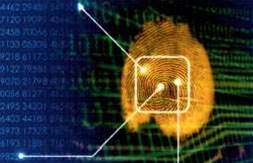
Its principal aim is to enhance biometric recognition systems that measure unique behavioural or physical traits to recognise people. These can be as varied as iris images, fingerprints, the structure of veins in the hand, or even an individual’s typing rhythm.
The scientists note that such systems are currently predominantly used in national government systems for border control or criminal justice, but believe they could equally be used in a domestic context to reduce identity theft.
“With a range of approaches and technologies available for biometric recognition and new ones constantly in development, the field is a fast moving one. Before investing in systems, buyers need to be assured of the usability and reliability of products,” NPL stated.
“Similarly, technology developers benefit from independent testing regimes that allow them to prove their products and trial them in combination with existing systems. There is a need for a European network of resources for testing systems and products.
“This network would improve access to testing and avoid duplicating existing facilities. Before significant additional investment is made, there is a need for an audit of the resources currently available and the needs of customers.”
The results that emerge from Biotesting Europe will provide a “clear direction” for the future development of shared resources for biometric testing, NPL scientists believe.

_(20).jpg&h=140&w=231&c=1&s=0)
_(22).jpg&h=140&w=231&c=1&s=0)







 iTnews Executive Retreat - Security Leaders Edition
iTnews Executive Retreat - Security Leaders Edition











_(1).jpg&h=140&w=231&c=1&s=0)



